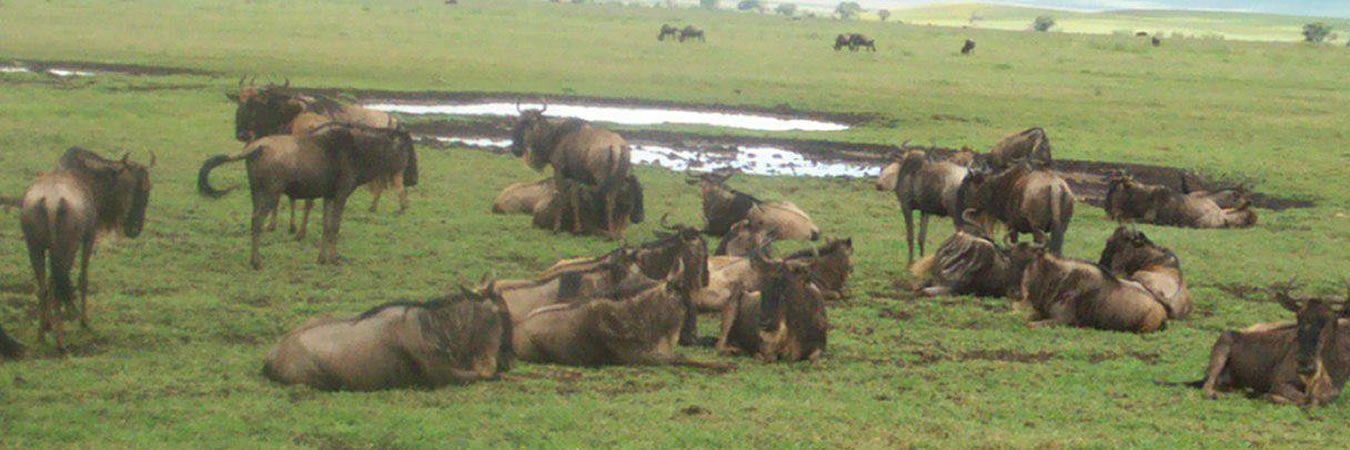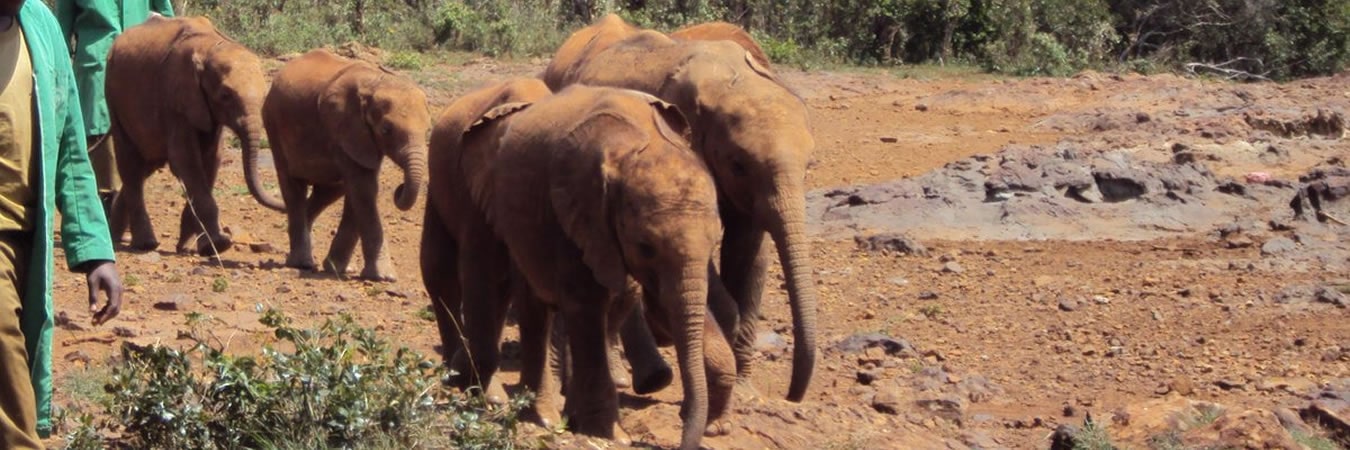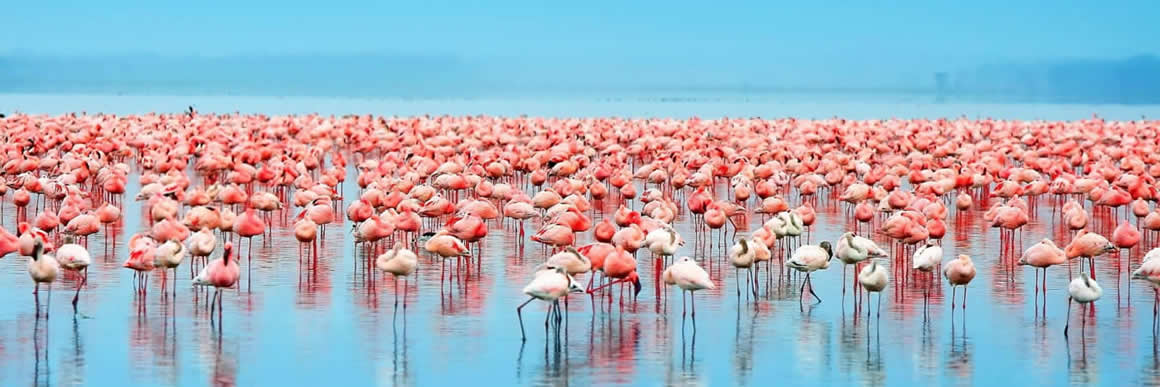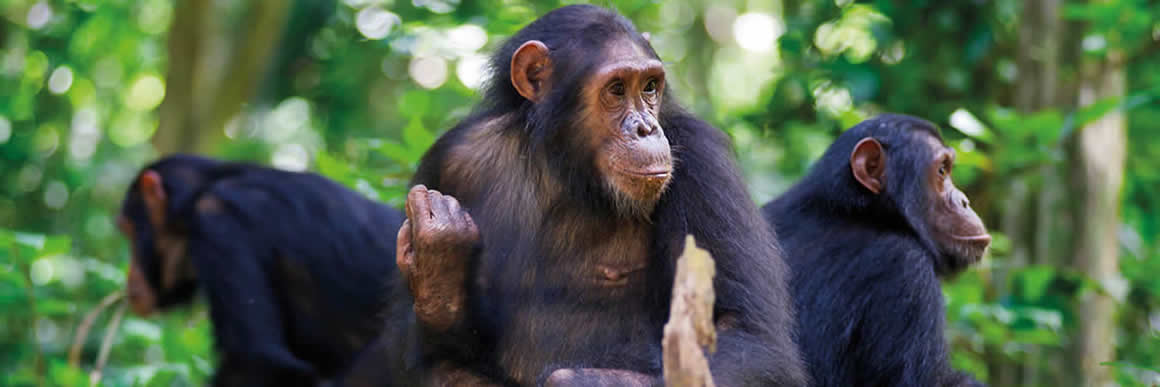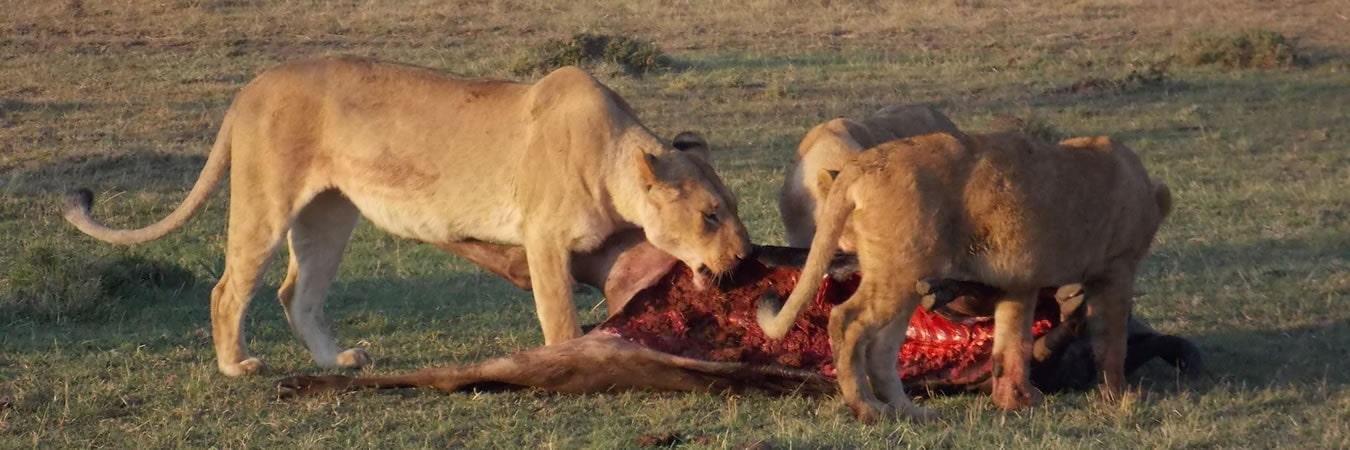Mount Kilimanjaro, an inactive volcano, Made up of three peaks - Shira, Mawenzi and Uhuru - is Africa’s highest peak and the world’s highest free-standing mountain. It is famous for its snow-capped peak looming over the plains of the savannah. The mountain is a major tourist attraction for mountaineers and trekkers from around the world.
The Kilimanjaro National Park ecosystem has vast numbers of wildlife including herds of zebra, wildebeest, buffalo, elephant, warthogs, hippos, impalas, dik diks, zebras, elephants, buffalos and giraffes as well as less common elands and gazelles. Cheetahs, lions and leopard are much in evidence as well as jackals, hyenas, monkeys, baboons, mongooses and the endangered Abbott's duiker among a supporting cast of antelopes and primates.
Kilimanjaro National Park is one of the world’s most accessible high summits, a beacon for visitors from around the world. Most climbers reach the crater rim with little more than a walking stick, proper clothing and determination. And those who reach Uhuru Point, the actual summit, or Gillman’s Point on the lip of the crater, will have earned their climbing certificates. The ascent of the slopes is a virtual climatic world tour, from the tropics to the Arctic. Even before you cross the national park boundary, the cultivated foot slopes give way to lush montane forest, inhabited by elusive elephant, leopard, buffalo, the endangered Abbot’s duiker, and other small antelope and primates. Higher still lies the moorland zone, where a cover of giant heather is studded with otherworldly giant lobelias.
Climbing the Mountain takes you on a journey up her slopes of a climatic world tour from the tropics to the Arctic. The grassy slopes turn to lush rainforest, inhabited by wild animals. Above the tree line is heath and moorland, dominated by giant heathers, and then surreal alpine desert and finally the regal beauty befitting the top of the African continent, smattered by ice and snow.


